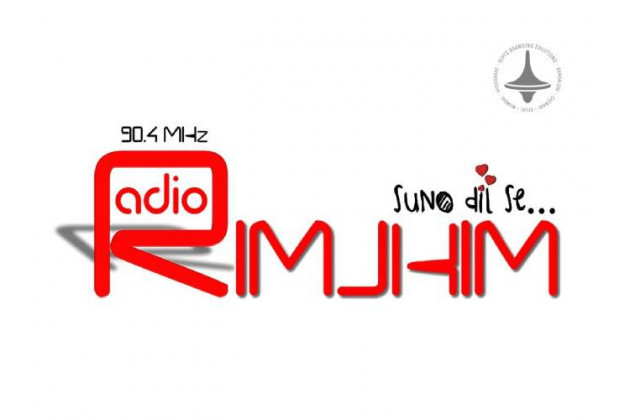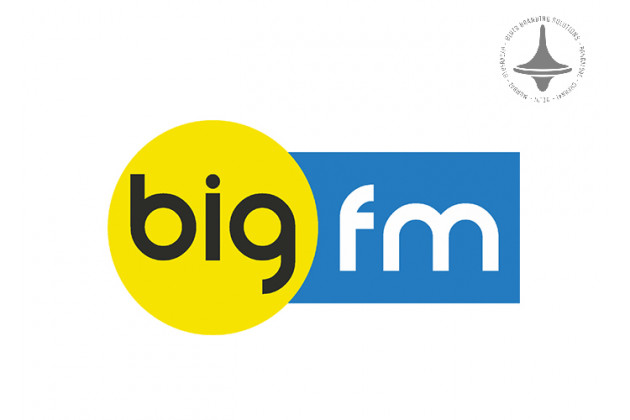Print Advertising | Relevant | Digital Era | Marketing | Elyts

In today's fast-paced digital landscape, businesses heavily rely on online marketing strategies, from social media ads to search engine optimization (SEO). However, traditional print advertising has not entirely lost its relevance. Despite the dominance of digital marketing, print advertising continues to play a crucial role in brand awareness and customer engagement. This article explores whether print advertising is still effective in the digital era and how businesses can leverage it for maximum impact.
The Enduring Power of Print Advertising
1. Tangible and Credible
One of the biggest advantages of print advertising is its
tangible nature. Unlike digital ads that can be skipped or blocked, print
materials such as newspapers, magazines, brochures, and direct mail provide a
physical presence that consumers can touch and keep. This sense of permanence
often lends credibility to brands, as people tend to trust printed content more
than digital ads.
2. Less Competition, More Visibility
With most businesses focusing on digital marketing, the
competition for attention in print media has decreased. This means that
companies using print ads may face less clutter and gain more visibility. A
well-placed ad in a popular magazine or newspaper can stand out more
effectively than a digital ad that competes with thousands of others on social
media or search engines.
3. Targeted Marketing and Personalization
Print advertising allows businesses to target niche
audiences effectively. Magazines, trade journals, and local newspapers cater to
specific demographics, making them ideal for reaching potential customers
interested in particular industries. Additionally, direct mail campaigns can be
highly personalized, increasing engagement rates compared to generalized
digital advertisements.
4. High Engagement and Recall Rate
Studies have shown that consumers engage more deeply with
print media than digital content. Printed ads are less likely to be skimmed or
ignored, leading to higher retention rates. People tend to spend more time
reading magazines and newspapers, absorbing the advertisements alongside the
content. This increases the likelihood of brand recall and conversion.
The Challenges of Print Advertising
While print advertising offers numerous advantages, it also
faces significant challenges in the digital era.
1. Higher Costs
Printing and distributing advertisements can be expensive
compared to online marketing, where businesses can run targeted campaigns at
lower costs. Small businesses with limited budgets may find it difficult to
invest in print media.
2. Limited Tracking and Analytics
Unlike digital ads that offer real-time tracking and
analytics, print advertising lacks detailed performance metrics. Businesses may
struggle to measure the exact return on investment (ROI) and adjust their
strategies accordingly.
3. Declining Readership of Print Media
With the rise of digital news platforms and e-magazines,
traditional print readership has declined. Fewer people subscribe to newspapers
or magazines, reducing the reach of print ads compared to the vast audience
available online.
The Ideal Approach: Integrating Print and Digital
Advertising
Instead of choosing between print and digital advertising,
businesses can benefit from integrating both strategies. A hybrid approach
allows companies to leverage the strengths of each medium for maximum impact.
1. QR Codes and Augmented Reality (AR)
Brands can bridge the gap between print and digital by
incorporating QR codes in their print ads. These codes direct readers to
websites, social media pages, or exclusive online offers. Similarly, AR
technology can make print advertisements interactive, providing an engaging
user experience.
2. Cross-Promotion
Print ads can promote digital content by encouraging readers
to visit a website, subscribe to an email list, or follow a brand on social
media. This strategy helps build a multi-channel marketing funnel.
3. Retargeting Campaigns
Businesses can use print ads to generate initial interest
and follow up with digital retargeting campaigns. For example, a consumer who
receives a direct mail flyer may later see related digital ads reinforcing the
brand message.
Conclusion
While digital marketing continues to dominate, print
advertising remains relevant in specific contexts. Its tangible nature,
credibility, and targeted reach make it a valuable component of a well-rounded
marketing strategy. By integrating print and digital advertising, businesses
can enhance their visibility, engage their audience more effectively, and drive
higher conversions. Rather than being an outdated method, print advertising can
be a powerful tool when used strategically in the digital era.
Elyts Advertising and Branding Solutions | www.elyts.in (India) | www.elyts.agency (UAE)






















Leave a Comment